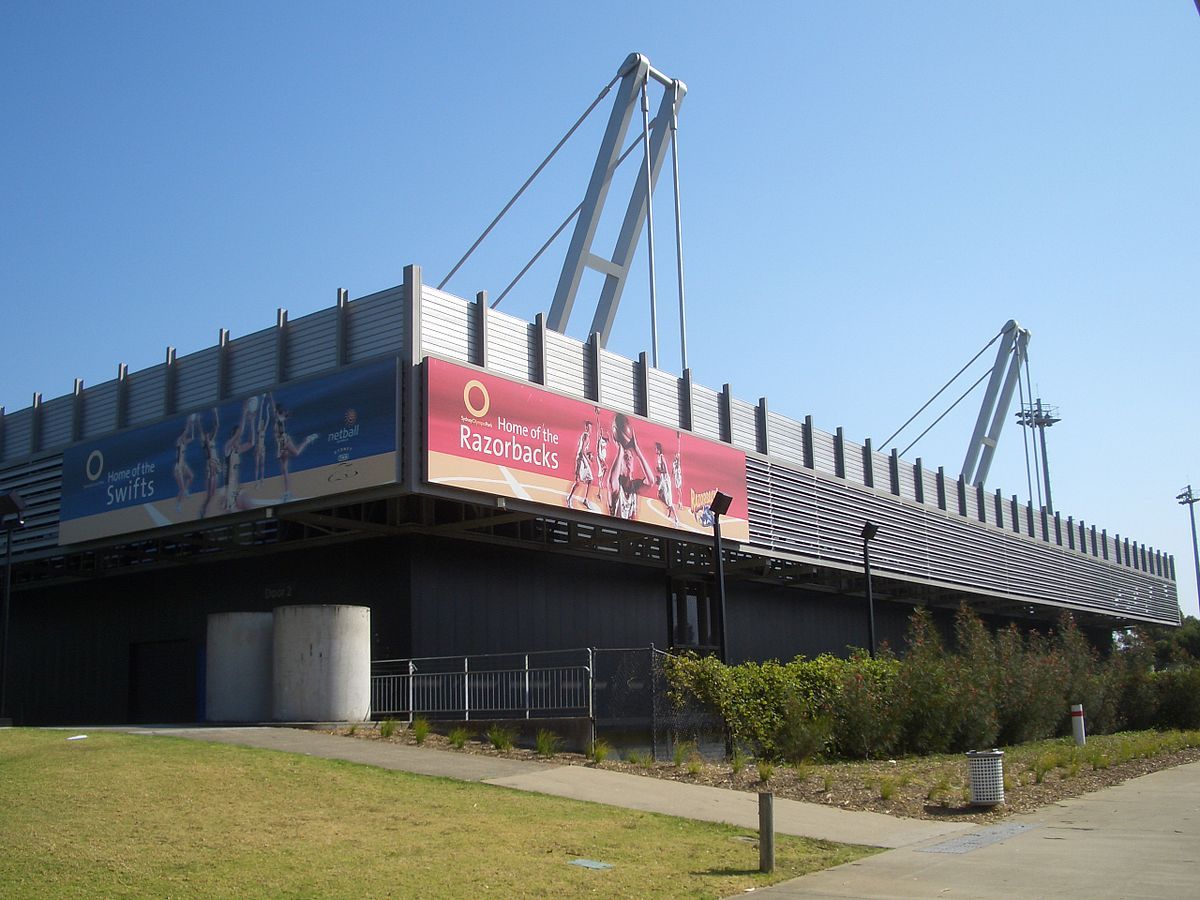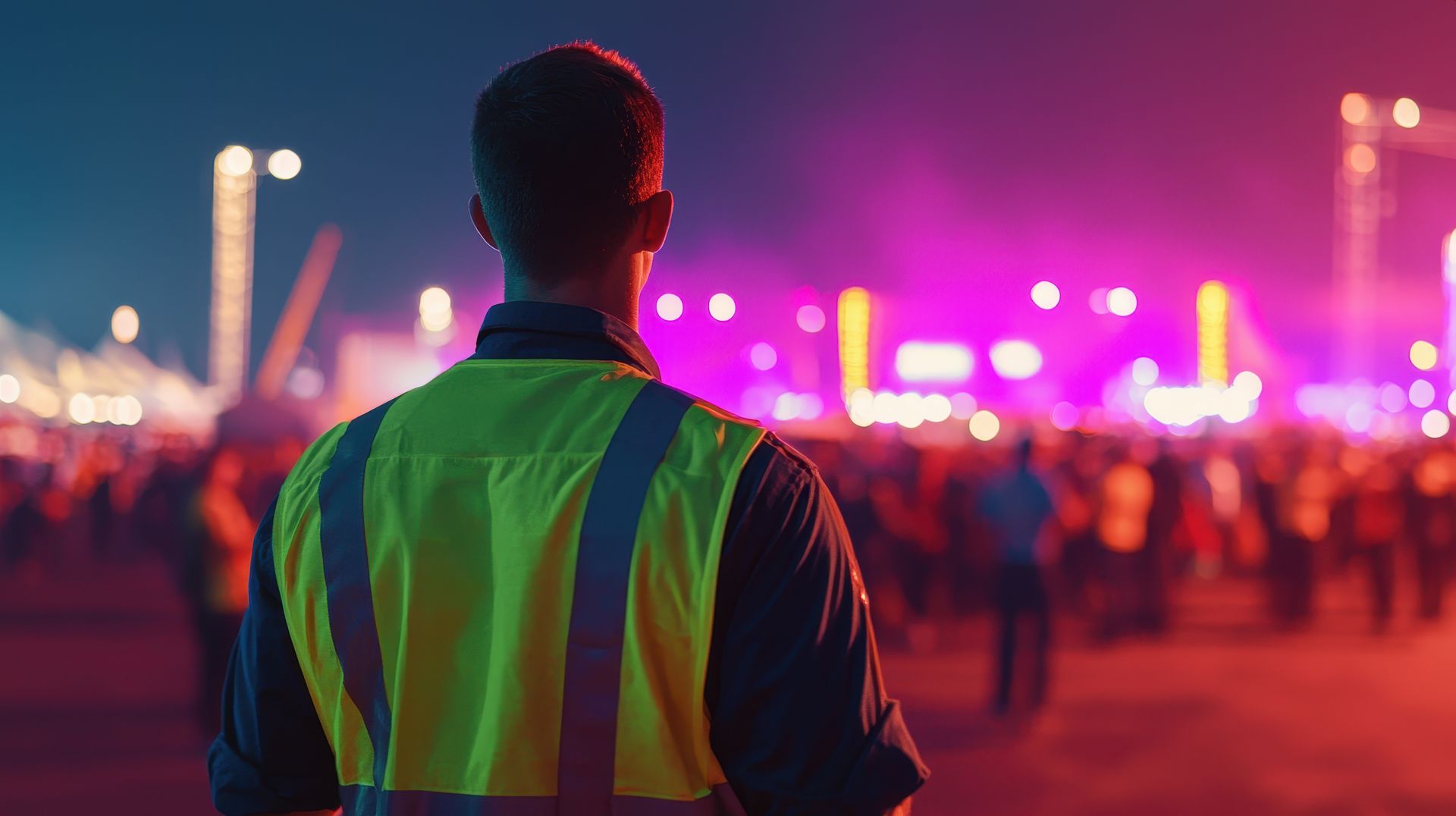TEAMS
What Specialist Team Do I Need?
"The level of safety and emergency response service needs to reflect the identified risks and likely consequences."
WHAT MEDICAL TEAM DO I NEED?
"It is not acceptable for medical staff to have dual roles"
Guidelines for concerts, events and organised gatherings - Western Australian Department of Health
The Western Australian Dept of Health defined patients you would expect to see at your event/production into three categories:
- Pre-Existing medical conditions (heart disease, mental health, etc) - Appropriately trained and experienced medical or paramedical personnel are required to recognise and adequately treat or transport these patients. SaveLife's Emergency Medical Responders are ideal for these types of patients.
- Minor (Dehydration, bone fractures, drug abuse, etc) - These injuries usually make up the bulk of medical presentations and most can be dealt with by first aid level personnel. SaveLife's First Aid Responders are ideal for this types of patients.
- Event Specific - (drug overdose, vehicle related trauma, etc) - These patients usually need a higher level of care and may require urgent medical attention and ambulance transport to hospital. See below for examples of events SaveLife have worked on
So ask yourself this one question:
What is the worst 'Event Specific' injury/s and illnesses that may result from the event/production I am managing?
Don't know? Ask what things historically have presented at event/productions like the one you are runing, base your decision on historical data.
Don't let a medical provider or safety consultant up-sell you using scare mongering to sell you services you don't need. Or even worse, under servicing, using staff with the qualifications but little to no medical experience.
SaveLife has been providing specialist services since 1999, that allows us to predict what types of illnesses and injuries can be expected. Once you know what can be expected, allows you to understand why we have recommended the specific medical team for your event.
DON'T GET CAUGHT JUST ASKING FOR A NURSE OR PARAMEDIC
Far to often people will ask for a nurse or paramedic without consideration of what their medical risk level is, for example only events identified as High Risk require the attendance of Paramedics and those rated as Extreme require an on site Medical Team.
To make things worse, what will you get. A nurse that works in a nursing home, is still a nurse or a paramedic straight out of University has very little practical experience.






